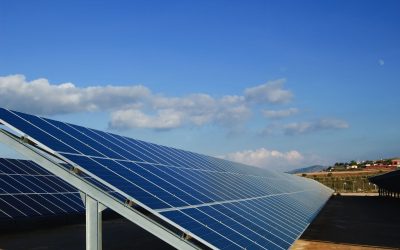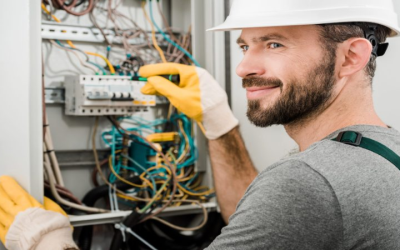One of the biggest downfalls to TFT LCD monitors is how badly they can be affected by applications that require the use of bright light and direct sunlight. These situations cause such an issue for TFT LCD monitors because of the gap between the cover lens and the TFT panel. In high-brightness situations, the air gap creates multiple refractions between both parts of the display.
Optical bonding reduces the number of refractions inside these components, improving contrast and viewing outside or in bright circumstances without increasing the screen’s brightness.
What Is Optical Bonding?
The optical bonding process involves applying a layer of resin between the glass or touchscreen and the TFT LCD TFT panel of a monitor to create a solid laminate with no gaps or air pockets. When selecting a screen for a project, consider the surroundings and operational circumstances. Industrial grade screens and panel PCs are built tough to endure any application.
What Industries Does It Help?
Due to the severe conditions in specific environments, optical bonding is popular in the military, marine, medical, transportation, and retail industries. Optical bonding is ideal for companies that utilize tough displays in high-reliability situations or require high ambient light visibility. Optical bonding is ideal for equipment that operates outside or in brightly lit areas.
The front glass of LCD panels, including touchscreens, is laminated onto the LCD module. Normal viewing circumstances typically won’t cause any problems, but in some cases, such as outdoor placement, the little gap between the two layers can cause viewing problems. For more information, please visit Insync Peripherals.



